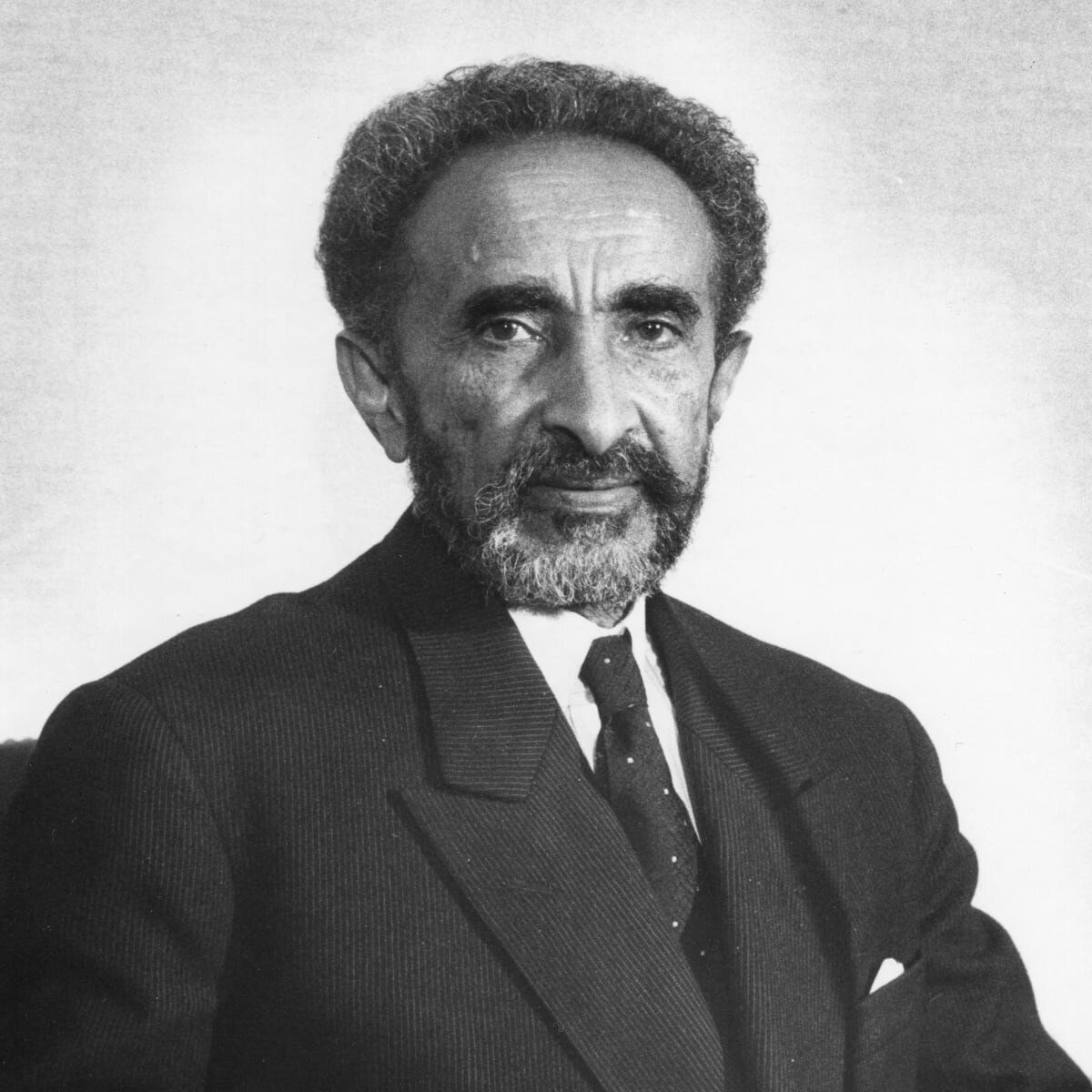
Emperor Haile Selassie I,
1892-1975
Born on July 23, 1892, Emperor Haile Selassie I was the son of Ras Makonnen Wolde Mikael, the grandson of King Sahle Selassie of Shoa, and Woizero Yeshimebet Ali Aba Jifar. Emperor Haile Selassie is widely regarded as transformative leader of Ethiopia.
During his early years, Ethiopia was governed by powerful feudal lords, and its population was predominantly engaged in agriculture. By 1974, when he relinquished power, Ethiopia had undergone significant modernization, establishing administrative structures, effective law enforcement, and modern military organizations. The foundations for contemporary transportation systems, banking, insurance, and financial services were also laid during his reign.
Emperor Haile Selassie placed strong emphasis on education, founding the first modern school in Addis Ababa in 1925 -- the Teferi Mekonnen School -- and promoting educational establishments nationwide. He initiated higher education institutions such as the University College of Addis Ababa, the Building College, the Alemaya Agricultural College, and the Gondar Public Health College, culminating in the establishment of Haile Selassie I University in 1962.
Internationally renowned, Haile Selassie condemned Italy’s invasion of Ethiopia at the League of Nations in 1935, warning of the global dangers posed by fascism. He demonstrated his support for collective security by sending Ethiopian troops to United Nations missions in Korea and Congo.
Additionally, he supported African liberation movements and played a pivotal role in establishing the Organization of African Unity (OAU) in 1963, with its headquarters in Addis Ababa, earning him the title “Father of Africa.”
Despite facing countless challenges, Haile Selassie led Ethiopia through major transformations, ushering in a modern state and economy. Guided by his vision for a prosperous and educated nation, he has undoubtedly left a lasting impact on Ethiopia.
